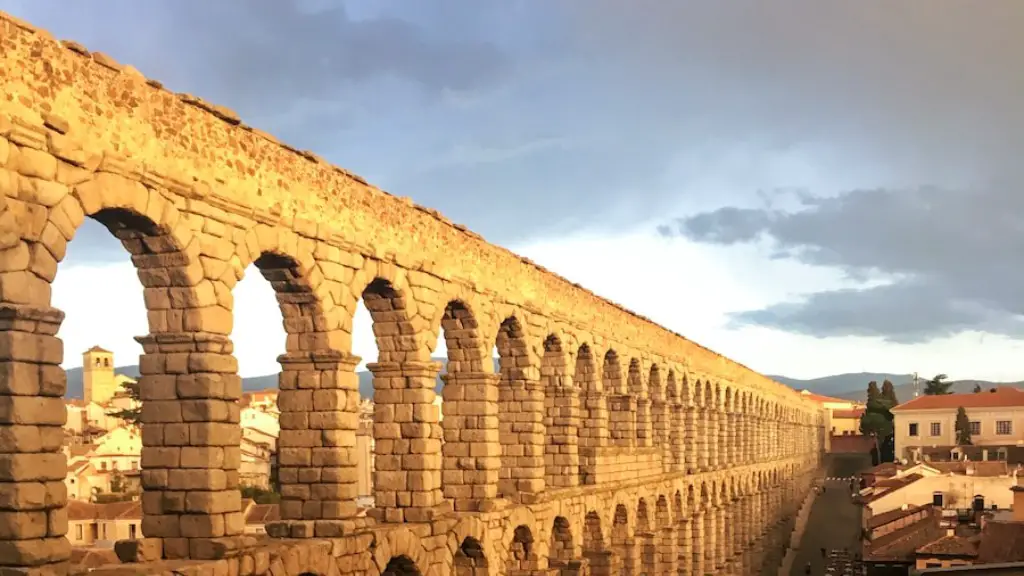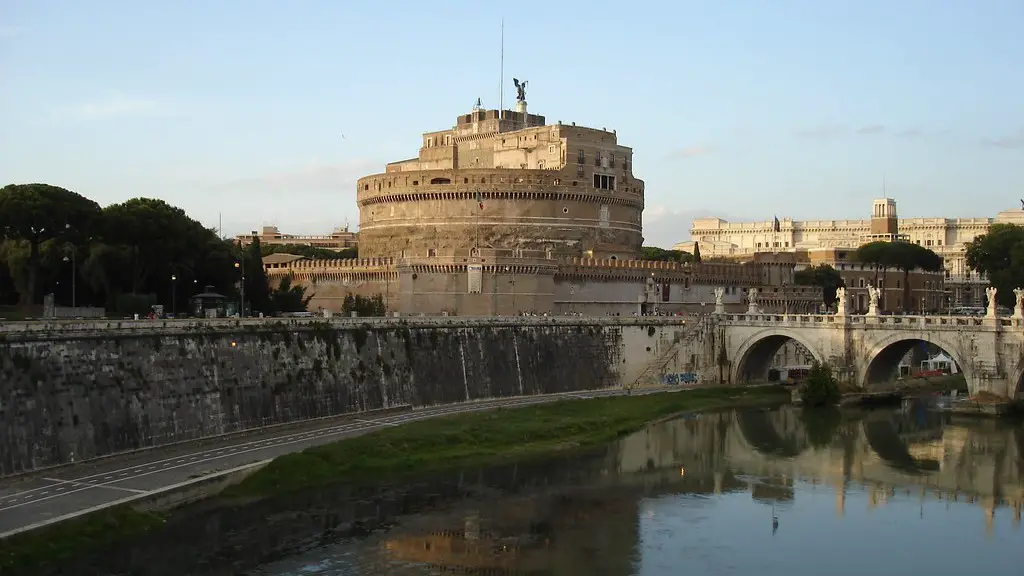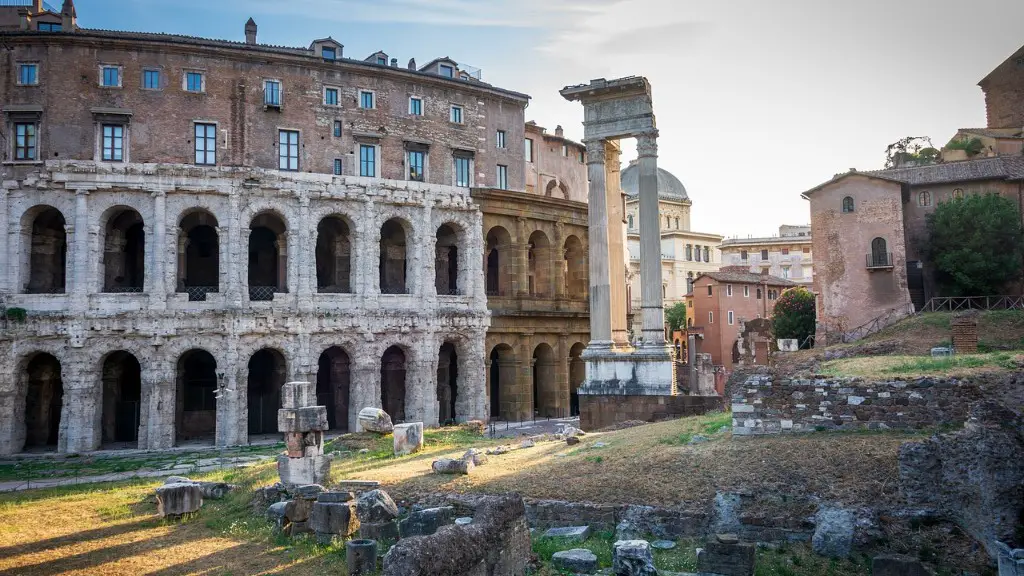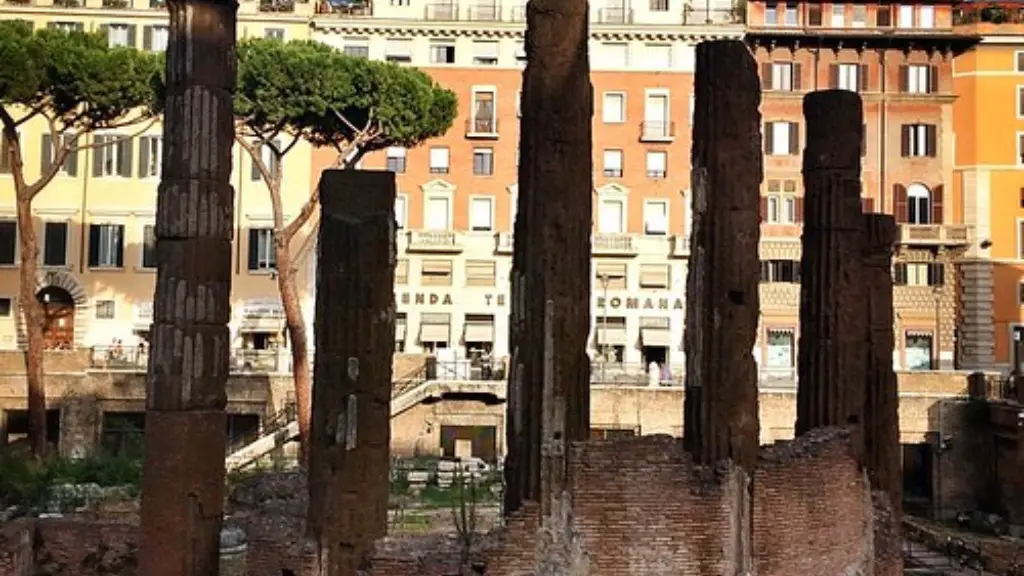No, other ancient civilizations had roads, but the Roman road system was the most extensive and best maintained. The Roman government built and maintained a network of roads that connected all corners of the empire. This allowed for trade, transportation of troops, and communication.
No, ancient Rome was not the only city that had roads.
Did the Romans only build straight roads?
The Romans were very skilled at building roads. They were straight and well made. However, the Romans usually built roads around a natural obstacle rather than go through it. The Romans did not have a compass or maps to help them build roads.
The Romans were very good at engineering and construction, and they applied these skills to their roads. They built roads that were straight, smooth, and level, which made them much easier and faster to travel than the winding, bumpy roads that came before. The Via Appia was the first great Roman road, and it became the model for all the roads that followed.
Did all Roman roads lead to Rome
The Roman road system was one of the most advanced in the ancient world. All major roads led directly to the capital, and new roads were often built shortly after the Empire captured a new city. Stone mile markers told travellers how far they were from the next major city, and a Golden Milestone was placed in the capital. This system allowed the Romans to move troops and supplies quickly and efficiently throughout their vast empire.
The proverb “All roads lead to Rome” means that there are many ways to achieve the same goal. The proverb is derived from medieval Latin and was first recorded in writing in 1175 by Alain de Lille.
Do any Roman roads still exist?
Roman roads are still visible across Europe and are considered by many to be some of the most important roads in the world. Many of these roads are still in use today, while others have been built over by national highway systems.
Thomas Telford and John Loudon McAdam were two Scottish engineers who were credited with the first modern roads. They designed the system of raising the foundation of the road in the center for easy water drainage. This system is still used today and is an important part of modern road design.
Who invented straight roads?
The Romans built straight roads in order to travel as quickly as possible. This was because winding roads took longer to get to the desired destination, and because bandits and robbers could be hiding around bends. Straight roads allowed for a much faster and more efficient mode of travel.
TheUse of Different Sized Stones to Create a Stable Surface
The roads that the ancient builders built were made out of different sized stones that were compacted together to create a strong and stable surface. This type of road could stand up to the marching of hundreds of soldiers and the weight of carts loaded with supplies. The ancients knew that using different sized stones would create a stronger and more durable road that would last for generations.
What did the Romans invent
It’s amazing to think about all of the things that the ancient Romans invented that we still use today. Underfloor heating was a real game-changer for them, and it’s still a popular choice for modern homes. They also created concrete, which is a key construction material that we still rely on. And, of course, the calendar that our modern calendar is based on was also invented by the Romans. It’s incredible to think about how much they shaped the world that we live in today.
The Golden Milestone was a monument used to measure distances throughout the empire and give the proverb “All roads lead to Rome”. It was borrowed by Constantine and used to create a “zero-mile” monument. Today, the Golden Milestone is gone.
What was the original reason that Romans built roads?
The Romans built new highways to link captured cities with Rome and establish them as colonies. These routes ensured that the Roman military could out-pace and out-maneuver its enemies, but they also aided in the everyday maintenance of the Empire.
Washington DC architect Pierre Charles L’Enfant proposed that all roads in the nation’s capital lead to a column called “the Washington Meridian” to be erected a mile east of the US Capitol. However, this proposal was never realized.
Who ordered the Roman roads to be built
The Via Appia is one of the oldest and most important Roman roads. It was begun in 312 bce by the censor Appius Claudius Caecus and originally ran southeast from Rome to Tarentum (now Taranto). It was later extended to the Adriatic coast at Brundisium (now Brindisi). The Via Appia was an important trade route and was used by military campaigns.
The Roman road network was one of the most impressive feats of engineering in the ancient world. Not only did it allow for the transportation of goods and people throughout the empire, but it also served as a way to assert Rome’s control over its vast territory. The roads were carefully planned and constructed to be as efficient as possible, and they remained in use for centuries after the fall of the Roman Empire.
Who invented roads in Rome?
The Roman military was responsible for building all the roads of the Roman Empire. This was because there was nobody else who could do it. The Roman military employed specialists within the Roman units to actually do the work.
The First Roman Roads were built in order to connect Rome with its territories. The most famous of these is the Watling Street, which still exists today. The original Roman road is now paved over with concrete, but the original route can still be walked. This road is significant because it allowed for the expansion of Rome and its influence.
Final Words
No, ancient Rome was not the only city that had roads.
There is no evidence to suggest that ancient Rome was the only city that had roads. However, the roads in ancient Rome were some of the most well-built and well-maintained in the world at that time.





